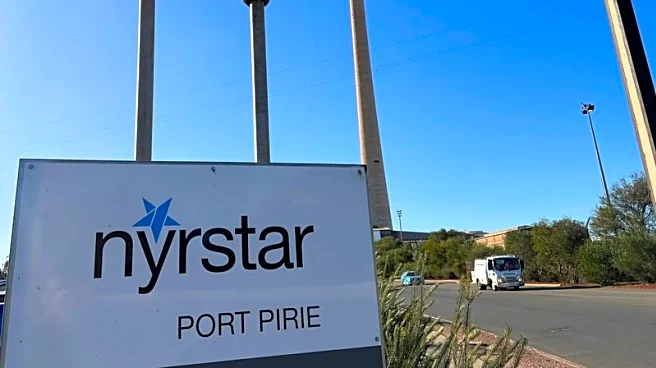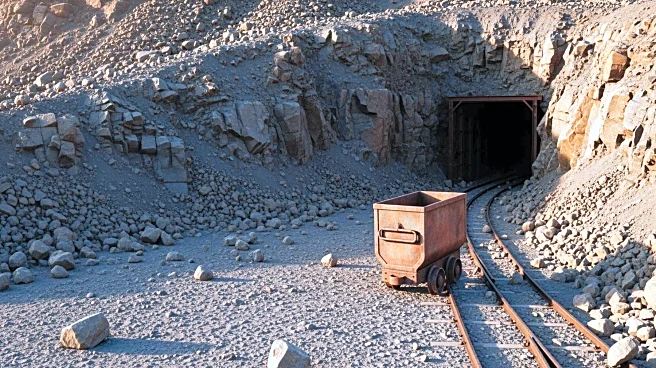What's Happening?
American Uranium Limited has commenced hydrogeological testing at its Lo Herma in-situ recovery (ISR) uranium project located in Wyoming's Powder River Basin. This testing is a significant milestone in advancing the project towards ISR development. The
testing is being conducted by Petrotek Corporation, a consultancy specializing in injection-well and subsurface-resources with extensive experience in hydrogeological testing and ISR project development. The two-week program aims to validate aquifer performance and confirm transmissivity, which are crucial for ISR design and future wellfield planning. Concurrently, Phase 1 of the resource development drilling campaign is underway, with the goal of expanding Lo Herma's 8.57 million-pound uranium resource. Results from both the hydrogeological testing and drilling are expected by the end of 2025.
Why It's Important?
The hydrogeological testing at Lo Herma is pivotal for the advancement of one of the few near-term, low-cost ISR uranium projects in the United States. Successful validation of aquifer performance and transmissivity will support the design and planning of future wellfields, potentially enhancing the domestic nuclear fuel supply chain. This project aligns with significant support programs aimed at bolstering the U.S. nuclear industry, which is crucial for energy independence and reducing reliance on foreign uranium sources. The expansion of the uranium resource base could lead to increased production capacity, contributing to the strategic goals of energy security and sustainability.
What's Next?
Following the completion of the hydrogeological testing and Phase 1 drilling, American Uranium plans to update the Mineral Resource Estimate and Scoping Study in 2026. This update will position the company to capitalize on existing support programs for the U.S. nuclear fuel supply chain. The results will inform future development strategies and potentially attract further investment into the project. Stakeholders, including government agencies and industry partners, may respond positively to the progress, given the project's potential to contribute to domestic energy solutions.















